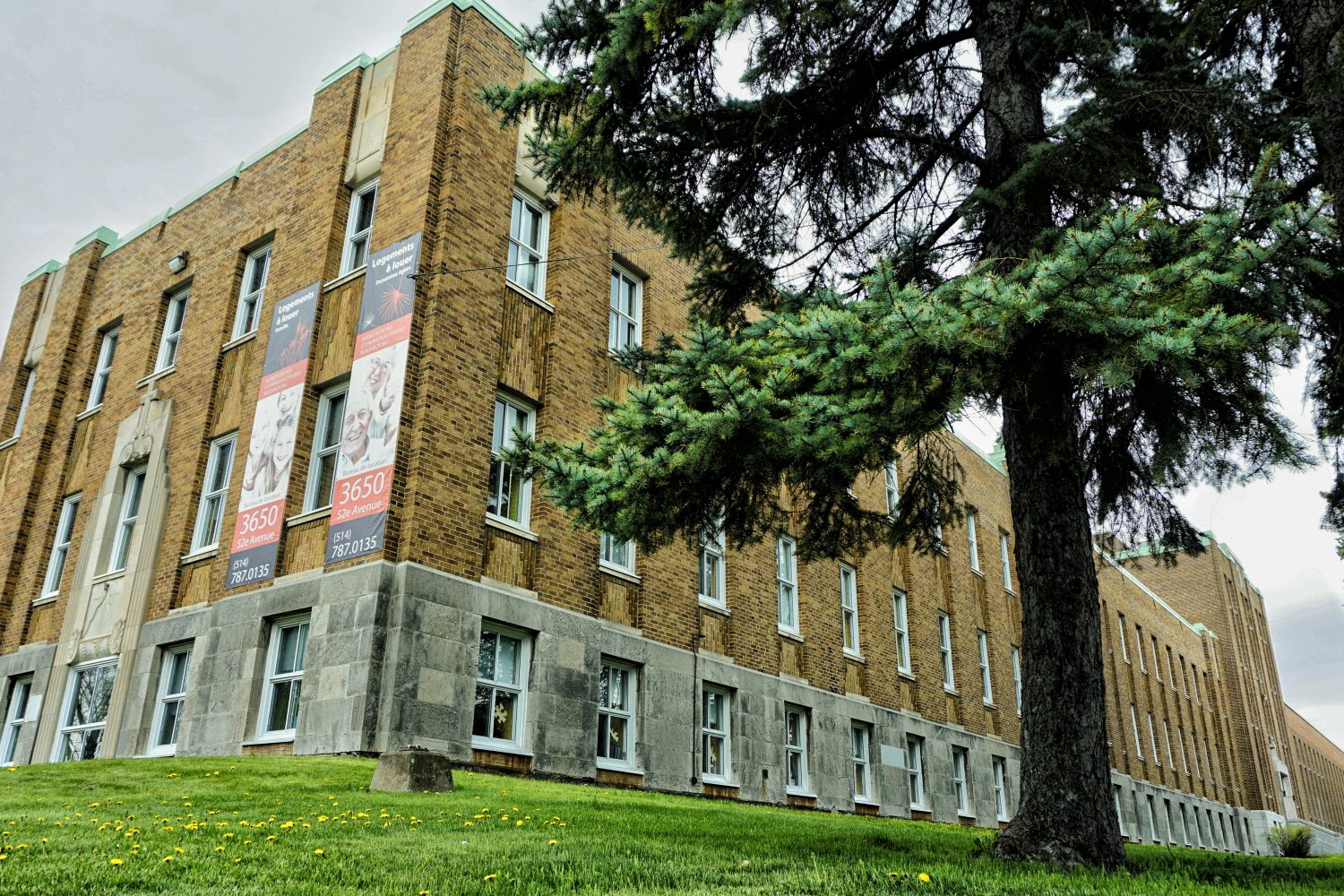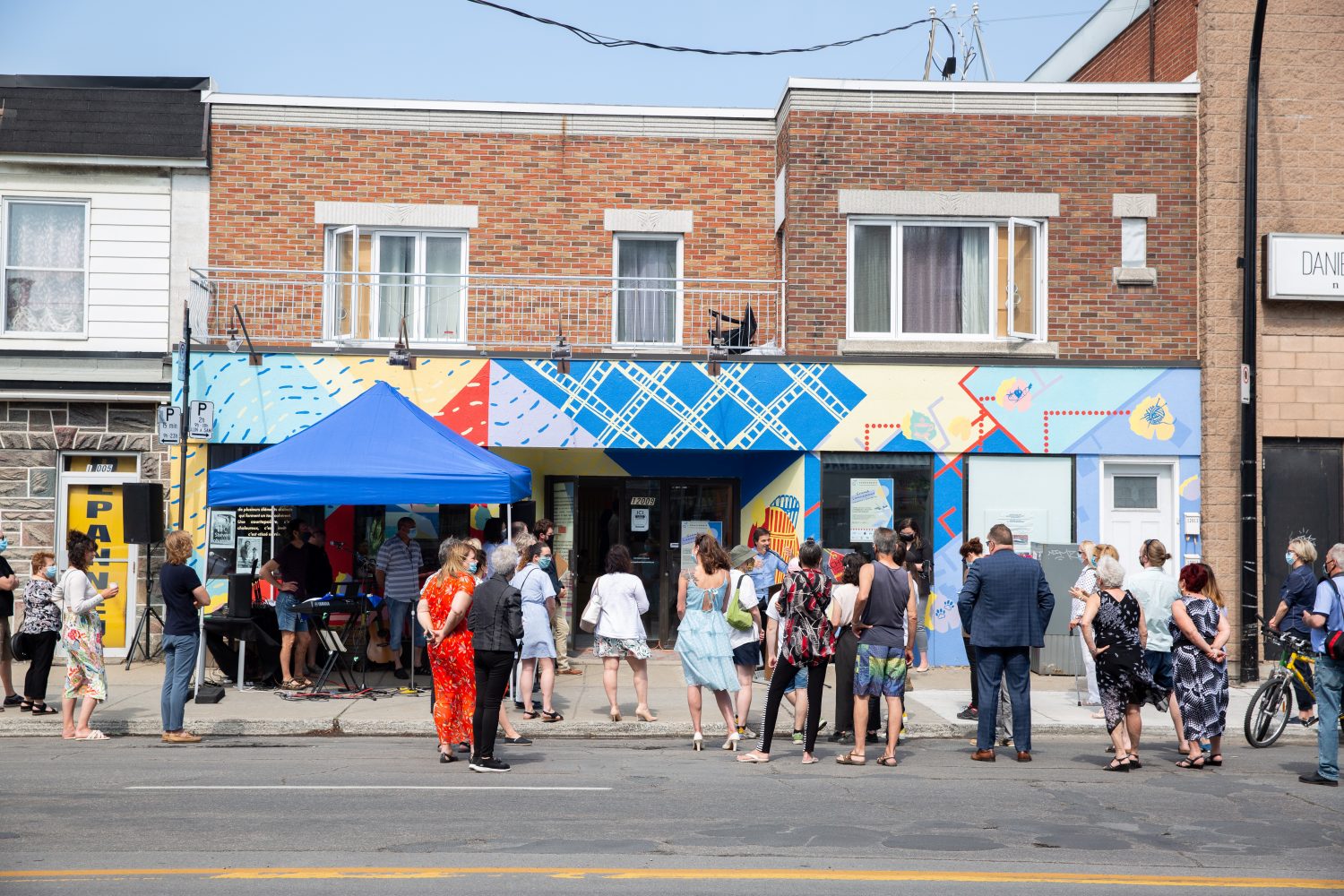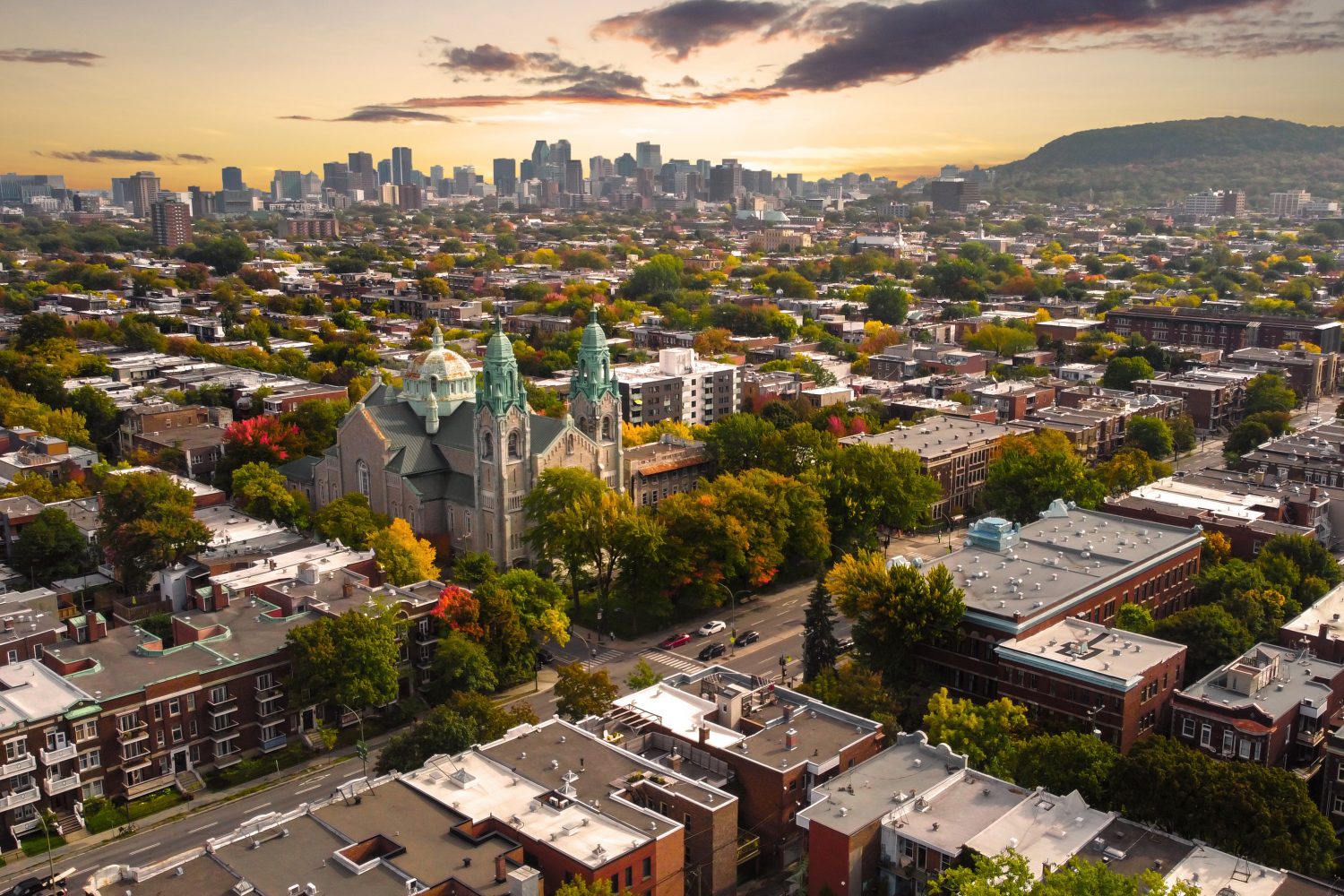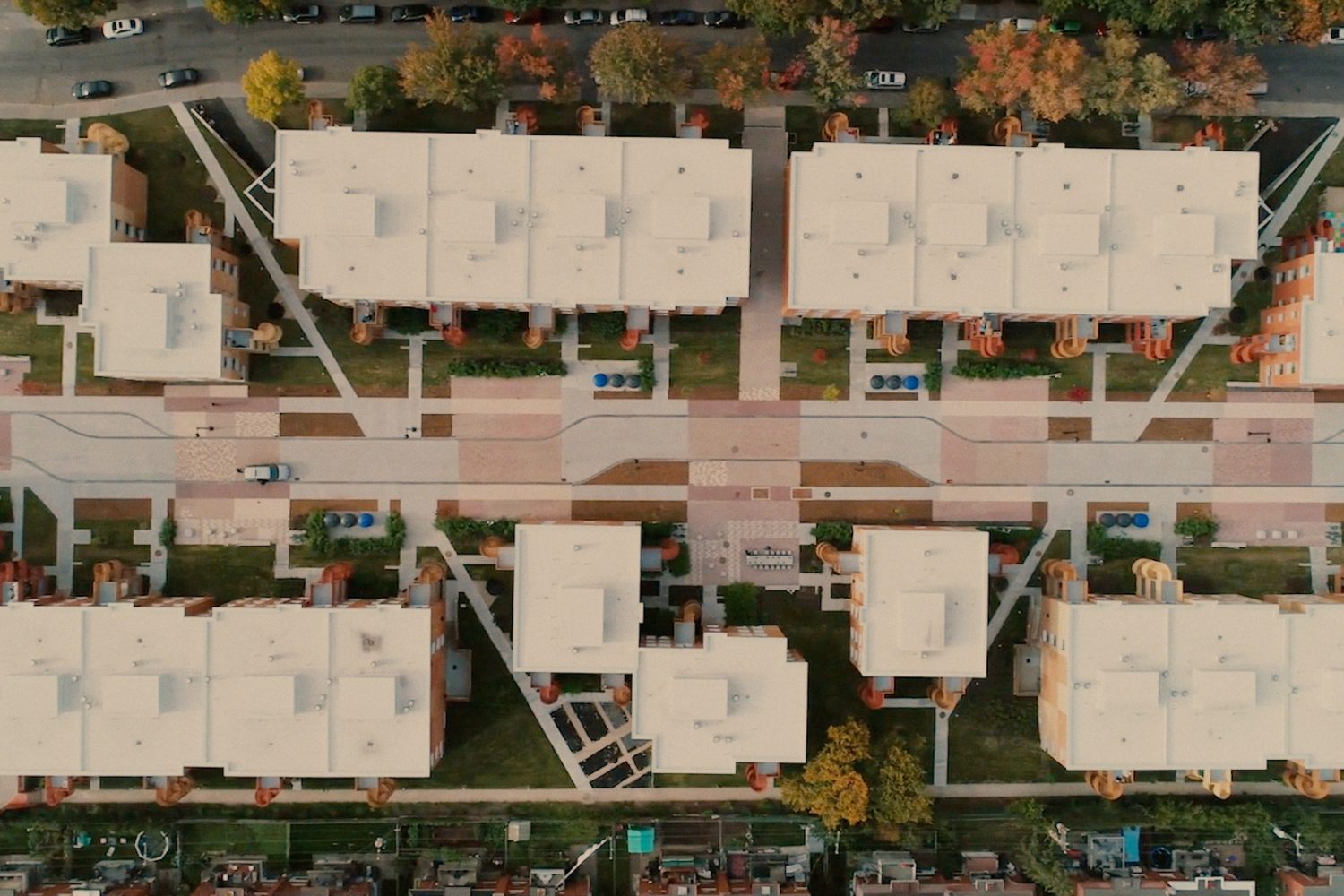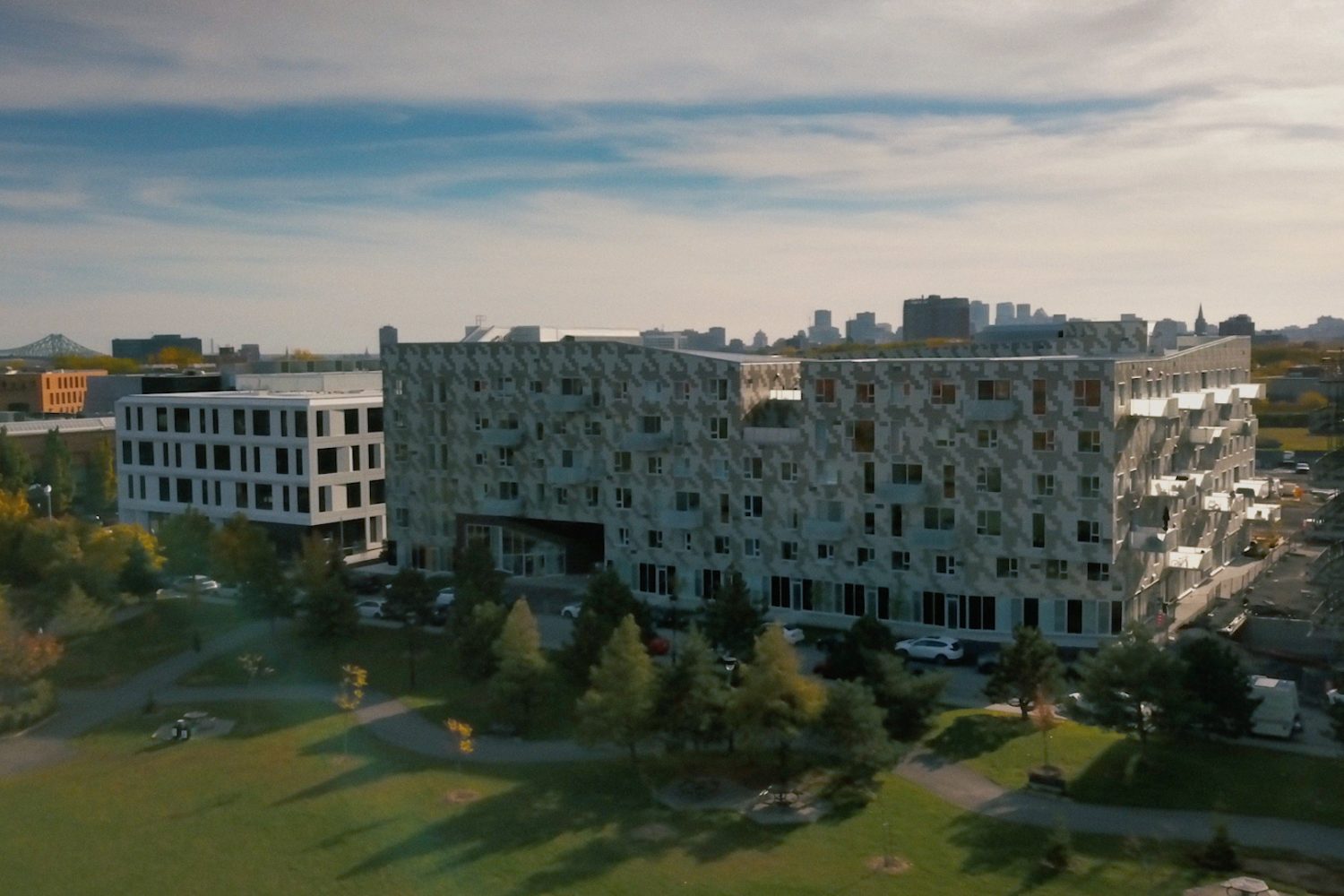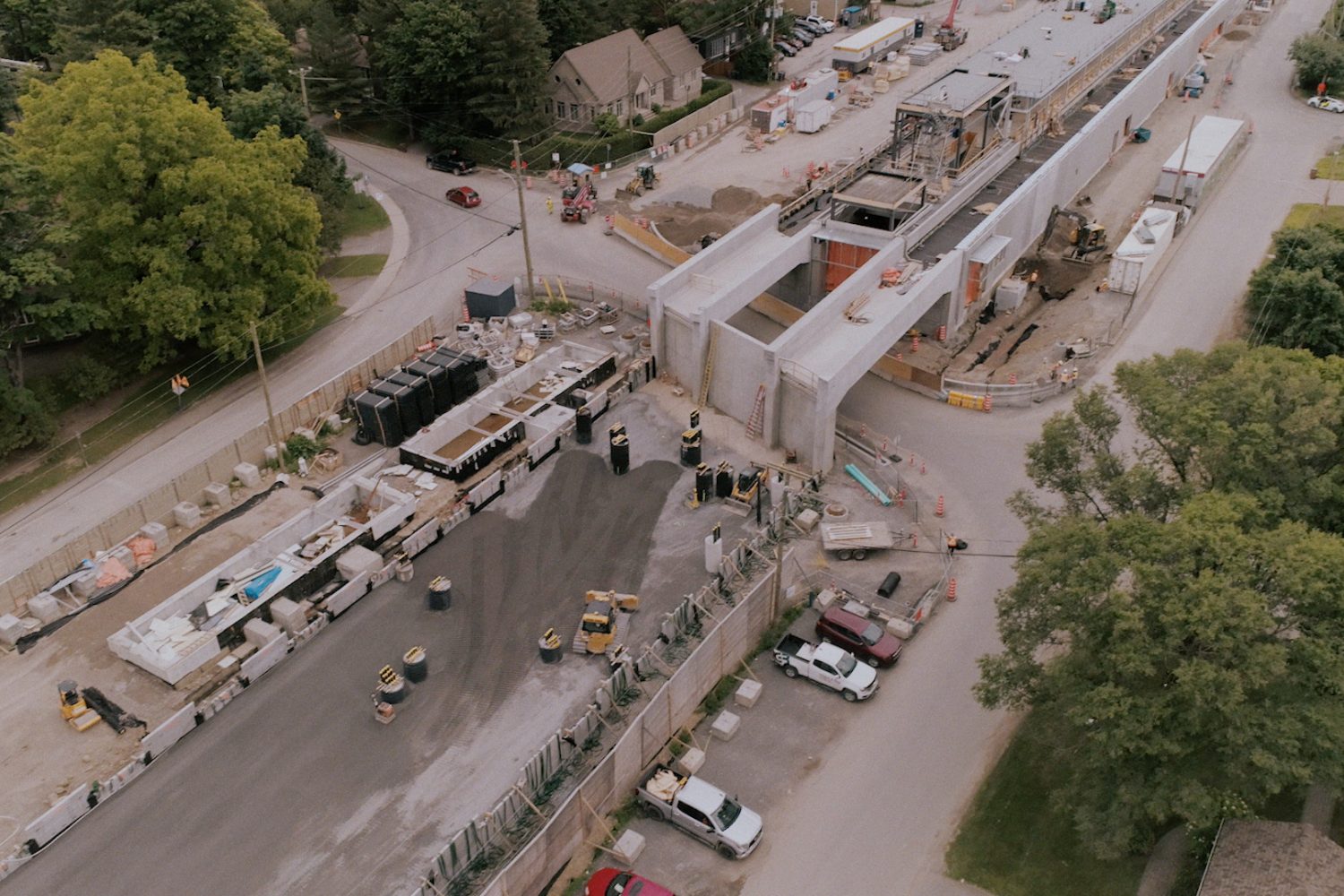
- The fight against climate change and adapting to this reality
- Preserving and promoting our cultural heritage
- Showcasing our landscapes
- The fight against artificializing natural and agricultural areas
- Demographic changes
- Economic vitality
During the process, several thousand citizens showed interest early on and took part in meetings and consultations, with a growing interest in getting involved in the development of their living environments. Public authorities have taken notice. It’s no longer enough to work for citizens, they need to work with them.
In the past, citizens were rarely consulted about urban development plans or work on public and private infrastructure, and projects were only presented to the public once complete. But for several years now, the government and certain private companies looking to develop projects that fulfill the needs of targeted populations have invited citizens to contribute to public consultations and inquiries held beforehand.
Some of them even went a step further. Twelve signatories, including the Ordres de l’architecture et l’urbanisme, the Regroupement des conseils régionaux de l’environnement du Québec and Héritage Montréal, alongside project spokesperson and Executive Director of Vivre en ville, Christian Savard, called on citizens to take part in the discussion regarding this matter in an article published by La Presse on August 27, 2021 [2]. We want citizens to propose their ideas, discuss them together and contribute to the projects of the future.
In a publication entitled Participatory Urban Planning, Designing the City with and for its Citizens, the Centre d’écologie urbaine de Montréal discusses the benefits of collective and public participation.
Citizens, who know their neighbourhoods inside and out, offer a different perspective that experts can use to improve their assessments. Professionals are called on to complement the experience and knowledge of residents. Listening and openness to discussion are both key ingredients to gaining a mutual understanding of issues.
By considering residents’ observations, concerns and aspirations right from the start, and throughout the project, all participants can help find answers together that fulfill the community’s actual needs.
In Montréal, several boroughs are dedicated to listening to the vox populi at various stages in the process of redesigning spaces and developing projects that often give neighbourhoods a real makeover.
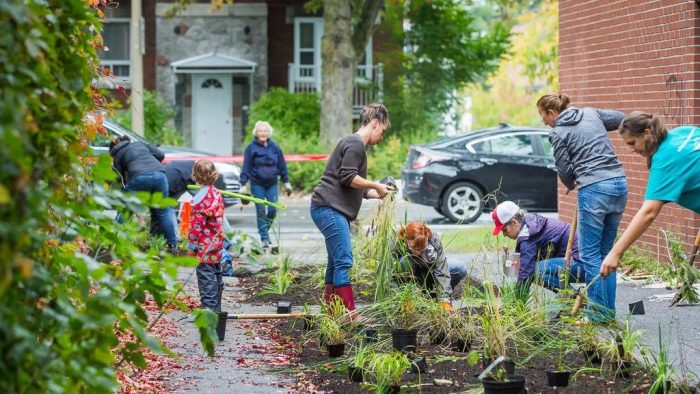
You don’t have to go far to see this in action. Initiated in the borough of Rosemont−La Petite-Patrie in 2019, Participatory citizen projects set an allocated budget based on the issues facing the borough and what citizens would like to see change. They design projects to give alleyways and public spaces life, beauty and greenery.
Certain private developers, such as the Société de développement Angus, also want citizens to contribute their ideas to construction and urban planning projects, either beforehand or during the development process. The NPO has a clear vision: to develop revitalization projects that meet the needs of the neighbourhood and its inhabitants. The organization uses several consultation and integration processes, as demonstrated in its Carré-Saint-Laurent project in the downtown core, the Technopôle Angus eco-district and the Vieux-Point-aux-Trembles revitalization project, which is still underway.
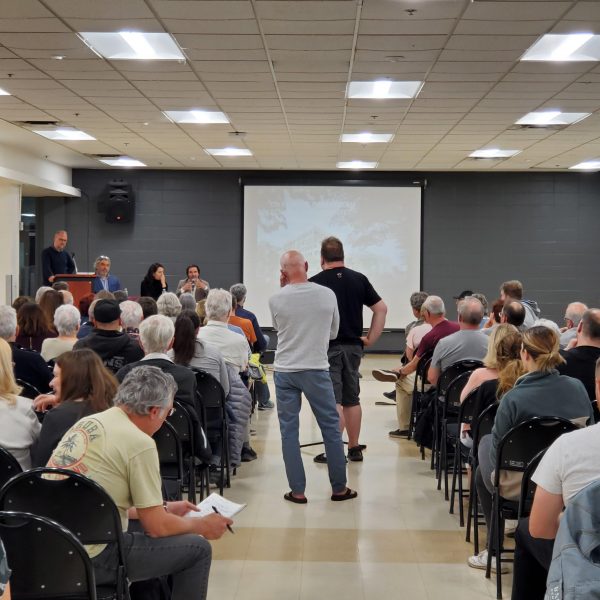
In addition to the consultation processes and collective initiatives, certain citizen groups can also act as a opposing force.
A great example of this is Pointe-Saint-Charles. The borough is facing strong development and densification pressure in connection with speculative markets, and its residents, with support from the local community network, have been mobilizing for over a decade (2003−2012) to claim their right to control their environment and maintain an inclusive neighbourhood for all [3]. Guided by the Action-Gardien community coordinating group, they managed to prevail over real estate developers and propose their development vision for the neighbourhood in the same vein as Bâtiment 7 and blue-green alleys.
Future development projects, such as the eco-districts in the Namur-Hippodrome area and the Louvain Est site, also had strong citizen mobilization. Initiatives like these are becoming more and more popular and a reference in the area.
Check out: A Community-Minded City, Episode 1 of Lignes de désir
[1] https://www.quebec.ca/gouverne…
[2] https://www.lapresse.ca/debats…
[3] Triollet, Karine, et Jocelyne Bernier. « Appropriation citoyenne de l’aménagement urbain à Pointe-Saint-Charles, Montréal », Les Politiques Sociales, vol. 1 – 2, no. 1, 2016, pp. 89 – 102.


